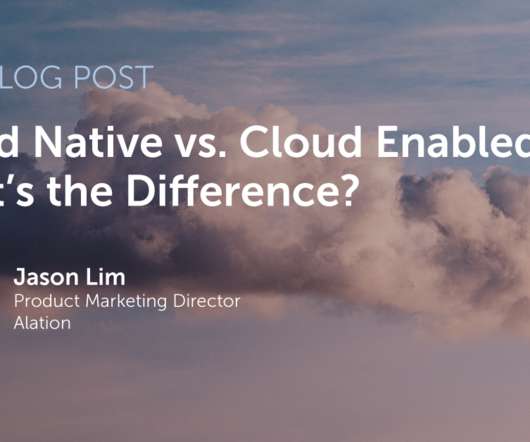Business continuity vs. disaster recovery: Which plan is right for you?
IBM Big Data Hub
JANUARY 29, 2024
Business continuity and disaster recovery plans are risk management strategies that businesses rely on to prepare for unexpected incidents. Business continuity and disaster recovery (BCDR): Business continuity and disaster recovery (BCDR) can be approached together or separately depending on business needs.

















Let's personalize your content